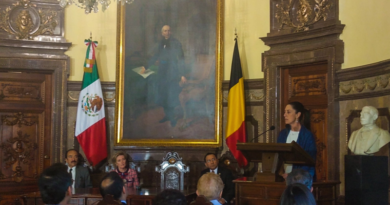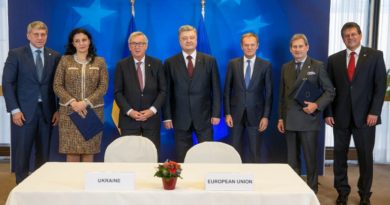Italy set for hung parliament
The final election results in Italy are not due until later today, but exit polls suggest that the party which has won most votes in yesterday’s general election is Luigi Di Maio’s “Five Star Movement” with 36.1% of the vote, followed in second place by the combination of Matteo Salvini’s League with 18.2% and Silvio Berlusconi’s Forza Italia with 13.8% giving their right-wing alliance a combined 32%. Matteo Renzi’s Democratic Party trailed in third place with 19.1%, less than half of the support they had in 2014. Voter turnout was high, at over 58%.
Based on the provisional figures, no one party will be able to rule alone, and there will now follow a protracted period of negotiation and coalition building to establish the formation of a new government.
The elections were fought on two particularly contentious issues, immigration and unemployment, and the results suggest that angry voters have punished the former ruling Democratic Party for their record in government, and have instead favoured populists and parties of the right.
Unemployment in Italy is running at 11%, and whilst the Italian economy has started to grow again it is still below pre-2008 levels. Combine this harsh economic reality with the immigration figures of more than 600 000 migrants who have arrived in Italy by boat from Libya since 2013, and the febrile environment that created the backlash of voters is evident. As in the rest of Europe, the political centre-left is out of favour in Italy.
Some 18 million people are at risk of poverty in Italy, and they have voted for change. The League outperformed Forza Italia, and were particularly strong in their political heartlands in the North of Italy; the Five Star Movement appealed more to voters in the South. There has already been speculation that these two parties might form a coalition.
When campaigning Luigi Di Maio promised not to allow the Five Star Movement to enter into alliance with any party, but now that today’s results have given his party the advantage, he is likely to put forward a programme to see what other parties would back him. The two eurosceptic parties of the League and the Five Star Movement have a certain geographical synergy; but whilst they are critical of Italy’s relationship with the European Union, neither have campaigned to leave the EU.
It is unlikely that the prospects of a coalition and the shape of any future government will become clear until after 23 March when the first meetings of the 630 newly elected members of the lower house parliament and the 315 senators of the upper house are held to elect the presidents of their respective assemblies.



